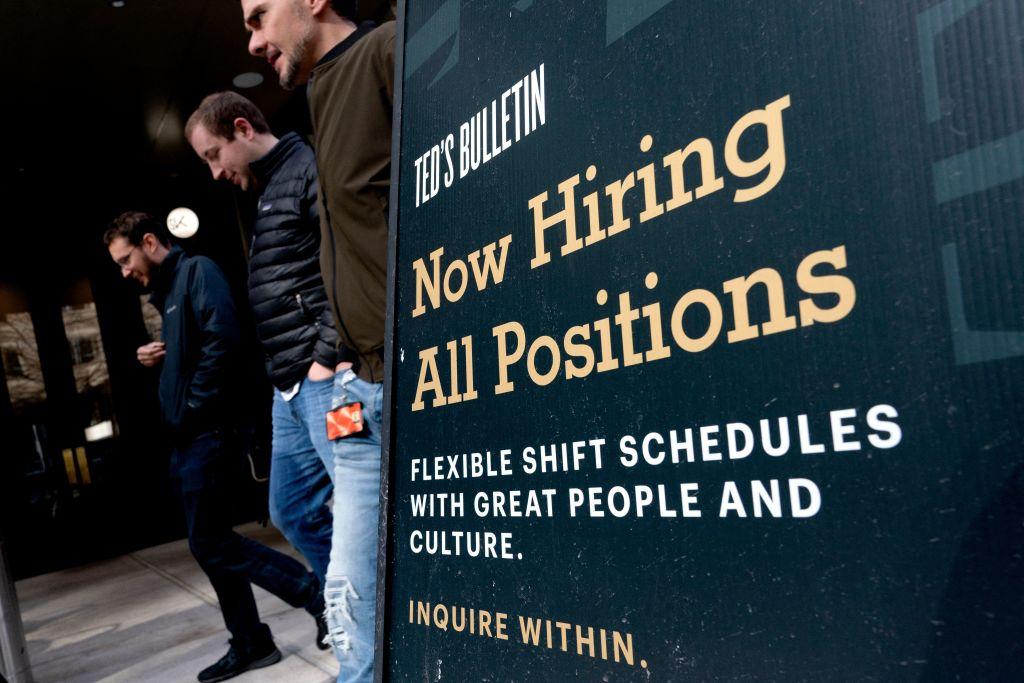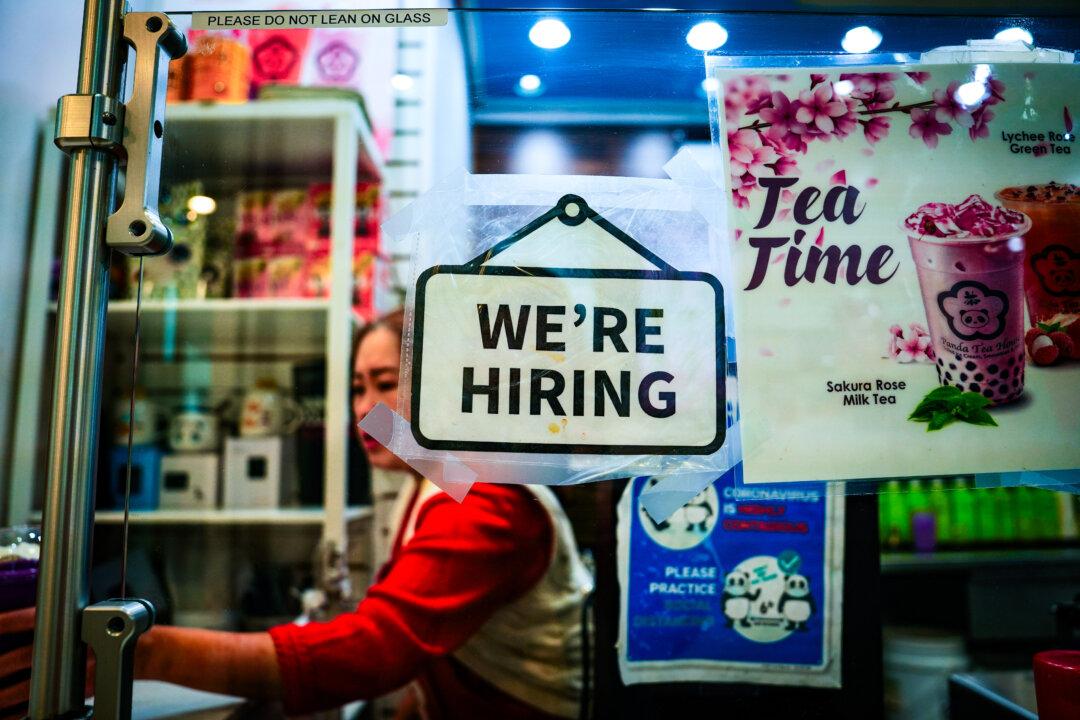The number of job openings was little changed in September following a downward revision in the previous month, according to the Bureau of Labor Statistics’ latest Job Openings and Labor Turnover Summary (JOLTS).
Job openings rose by 56,000, to 9.553 million, topping the consensus estimate of 9.25 million. Agency officials revised the August figure from 9.61 million to 9.497 million. The rate was flat at 5.7 percent.





